Home>Ideas and Tips>How To Choose And Install The Right Bathroom Shower Pan
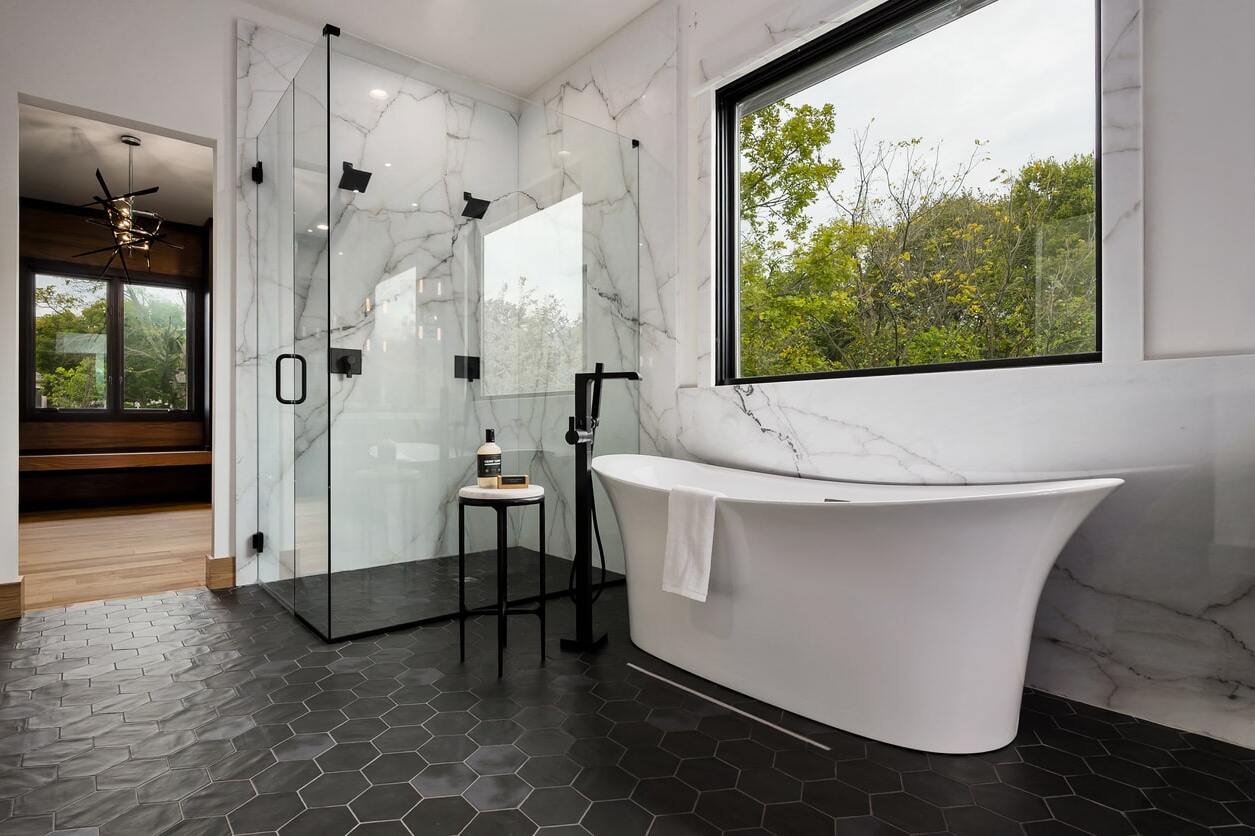

Ideas and Tips
How To Choose And Install The Right Bathroom Shower Pan
Modified: November 2, 2024
Learn how to choose the perfect shower pan for your bathroom and follow our step-by-step guide to ensure a flawless installation.
(Many of the links in this article redirect to a specific reviewed product. Your purchase of these products through affiliate links helps to generate commission for Storables.com, at no extra cost. Learn more)
Choosing the right shower pan for your bathroom is a crucial decision that can significantly impact both the functionality and aesthetic appeal of your shower. A shower pan, also known as a shower base, serves as the waterproof barrier that channels water from the shower to the drain, protecting your bathroom floor and walls from water damage. In this article, we will guide you through the process of selecting the ideal shower pan for your needs and provide a detailed installation guide.
Understanding Shower Pans
A shower pan is essentially the floor of your shower, designed to be waterproof and channel water to the drain. It typically ranges in height from 2 to 5 inches and resembles a shallow sink. The primary function of a shower pan is to prevent moisture from seeping into the floor or walls of your bathroom, thereby protecting these areas from water damage.
Why You Need a Shower Pan
Most building materials used in bathrooms are not waterproof, making them susceptible to water damage. Drywall, hardwood floors, cabinets, and even framing can be harmed by uncontained water damage. A properly installed shower pan acts as a barrier, mitigating this risk and ensuring that your bathroom remains safe and functional.
Types of Shower Pans
Shower pans come in various materials and styles, each with its own set of advantages and disadvantages. Here are some of the most common types:
1. Fiberglass Shower Pans
Fiberglass shower pans are a budget-friendly option that does not sacrifice style. They are lightweight and easy to install, making them a popular choice for DIY projects. However, fiberglass pans can be prone to scratches and stains, which can be difficult to clean once they occur. They typically last between eight to ten years.
2. Acrylic Shower Pans
Acrylic shower pans are formed over a fiberglass base and offer a more durable option compared to fiberglass. They are lightweight and easy to clean, with the color running all the way through the material. This makes scratches less visible and easier to buff out. However, acrylic pans are more expensive than fiberglass and require careful cleaning to avoid damaging the surface. They generally last for about ten years.
3. Solid-Surface Shower Pans
Solid-surface shower pans are sturdier than acrylic or fiberglass options and are more resistant to stains from cleansers. Made from ground minerals and polymer resins, these pans offer a durable and low-maintenance solution. However, if the base does not come with tile flanges, leaks can occur. Solid-surface pans typically last at least ten years.
4. Tile Shower Pans
Tile shower pans can be built from scratch or formed using a precast base. They offer more control over the overall design of the shower floor and can be budget-friendly if you choose the right materials. However, keeping tile grout clean can be challenging, and regular resealing is necessary to maintain their appearance. With proper maintenance, tile shower pans can last more than fifteen years.
Factors to Consider When Choosing a Shower Pan
Choosing the right shower pan involves considering several factors to ensure that it meets your needs and complements your bathroom design.
1. Initial Purchase Price
The initial purchase price of a shower pan should be determined by your goals for the property, who will be using it, and what looks best for you. If you plan to stay in the home for a while, investing in a higher-quality pan may be worth it despite the higher upfront cost. For example, if you're looking for a nicer base with color choices, an acrylic shower pan might be a smart option. On the other hand, if you're flipping a house in a low-priced neighborhood, a budget-friendly fiberglass standard shower base might suffice.
2. Style
The style of your shower pan should match or complement the visual elements created by the shower walls. For instance, if you're doing a fiberglass shower wall, it's practical to choose a fiberglass floor as well. Cast iron pans tend to fit more classic and traditional bathroom designs, while slab floors like Dekton shower trays offer a sleek modern look.
3. Maintenance
If you don't want to pay a cleaning service to deal with grout joints, consider a grout-free shower floor. Acrylic, solid-surface, and cultured marble bases are all sound choices because they are easy to clean with soap and water. Fiberglass pans should be avoided if you're concerned about maintenance due to their tendency to become difficult to clean once stained.
4. Custom Size
If you have an unusual-sized shower space, consider custom-sized options. Cultured marble or solid-surface pans can be made to any size for about the same price as prefab units. This flexibility is particularly useful if you're dealing with an odd-shaped space.
Curbless vs. Water-Barrier Shower Pans
When choosing your shower pan, you have two primary options: curbless or water-barrier pans.
Curbless Shower Pans
Curbless shower pans provide an aesthetically pleasing look by blending smoothly into the bathroom floor. This design makes it easier for people with mobility concerns to access the shower as there is no barrier to step over. However, this type of pan does allow water to escape from the shower, which may increase the risk of slipping and falling. Additionally, the lack of a shower door means you may experience heat loss due to steam escaping.
Water-Barrier Shower Pans
Traditional water-barrier shower pans have a lip that holds in water, providing better containment within the shower area. This design reduces the risk of slipping and falling but may not be as aesthetically pleasing as curbless options.
Selecting the Right Shower Pan Size
Shower pans come in various sizes to fit different shower specifications. Here are some common sizes:
- Standard Prefabricated Shower Pans: These start at 32 square inches and go up to 42 inches wide by 60 inches long. They range in depth from 1 inch to 6 inches.
- Neo-Angle Shower Pans: Unique in design with 135-degree angles where the glass meets the wall at the front and 90-degree angles in back corners, these pans are ideal for small bathrooms to maximize space.
- Small Square Shower Pans: The smallest option is 30 inches square, perfect for small alcove showers.
When selecting your shower pan size, consider your shower drain position. You might have an offset drain, center drain, or on-edge drain.
Installation Guide
Installing a shower pan requires careful planning and execution to ensure it is waterproof and functional.
Preparation
- Clear the Area: Remove any existing flooring or tiles from the shower area.
- Inspect Walls: Ensure that your walls are level and plumb before proceeding with installation.
- Apply Underlayment: Use a waterproof underlayment material like cement board or plywood to protect your walls from water damage.
Installing Fiberglass or Acrylic Pans
- Measure and Cut: Measure your shower space accurately and cut your pan according to these dimensions.
- Apply Adhesive: Apply a layer of adhesive specifically designed for shower pans along the edges of your underlayment material.
- Place Pan: Carefully place your pre-fabricated fiberglass or acrylic pan onto the adhesive layer, ensuring it is centered and evenly spaced.
- Secure Pan: Use specialized clips or screws provided with most pre-fabricated pans to secure them firmly in place.
- Seal Edges: Apply a bead of caulk around all edges where the pan meets the walls or underlayment material.
Installing Tile Shower Pans
- Prepare Base: If using a precast tile base, follow manufacturer instructions for preparation before installation.
- Lay Tiles: Begin laying tiles from one corner of your shower space working your way outward in a pattern that ensures even grout lines.
- Grout Joints: Apply grout between tiles once they are set in place; ensure it is fully cured before exposing it to water.
- Seal Grout: Regularly reseal grout joints as needed to maintain their appearance and prevent mold growth.
Waterproofing
Regardless of which type of pan you choose—fiberglass/acrylic or tile—it's crucial that you properly waterproof all joints where different materials meet (e.g., where tile meets pan). Use specialized caulk designed specifically for bathroom applications around these areas.
Additional Considerations
Ventilation
If you're experiencing mold issues despite having a shower pan in place, it's likely due to poor ventilation rather than an issue with your shower pan itself. Addressing ventilation problems by installing a bigger fan or better placing existing ones can significantly reduce moisture buildup within your bathroom.
Accessibility Features
If you're planning modifications that meet Americans with Disabilities Act (ADA) requirements—such as adding wall-mounted grab bars and a shower seat—consider choosing a curbless design which provides easier access for individuals with mobility concerns.
Conclusion
Choosing the right shower pan involves considering several factors including initial purchase price, style, maintenance requirements, and custom size needs based on unique bathroom configurations. By understanding different types available—fiberglass/acrylic/solid-surface/tile—and following proper installation guidelines outlined above; homeowners can ensure their bathroom remains safe functional while enhancing overall aesthetic appeal through thoughtful selection process involved choosing ideal shower pan solution tailored specific needs preferences involved designing remodeling process itself
Was this page helpful?
At Storables.com, we guarantee accurate and reliable information. Our content, validated by Expert Board Contributors, is crafted following stringent Editorial Policies. We're committed to providing you with well-researched, expert-backed insights for all your informational needs.
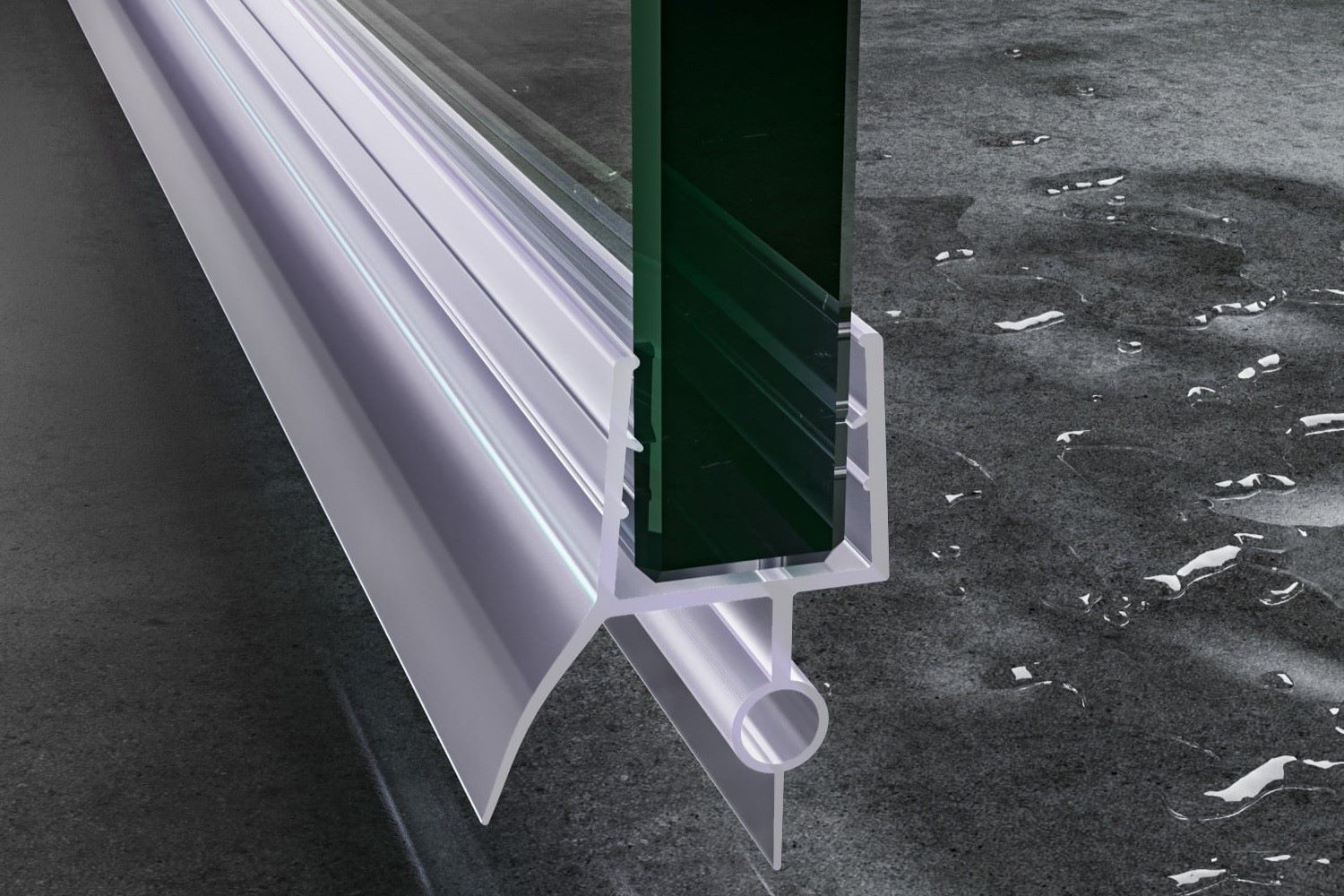
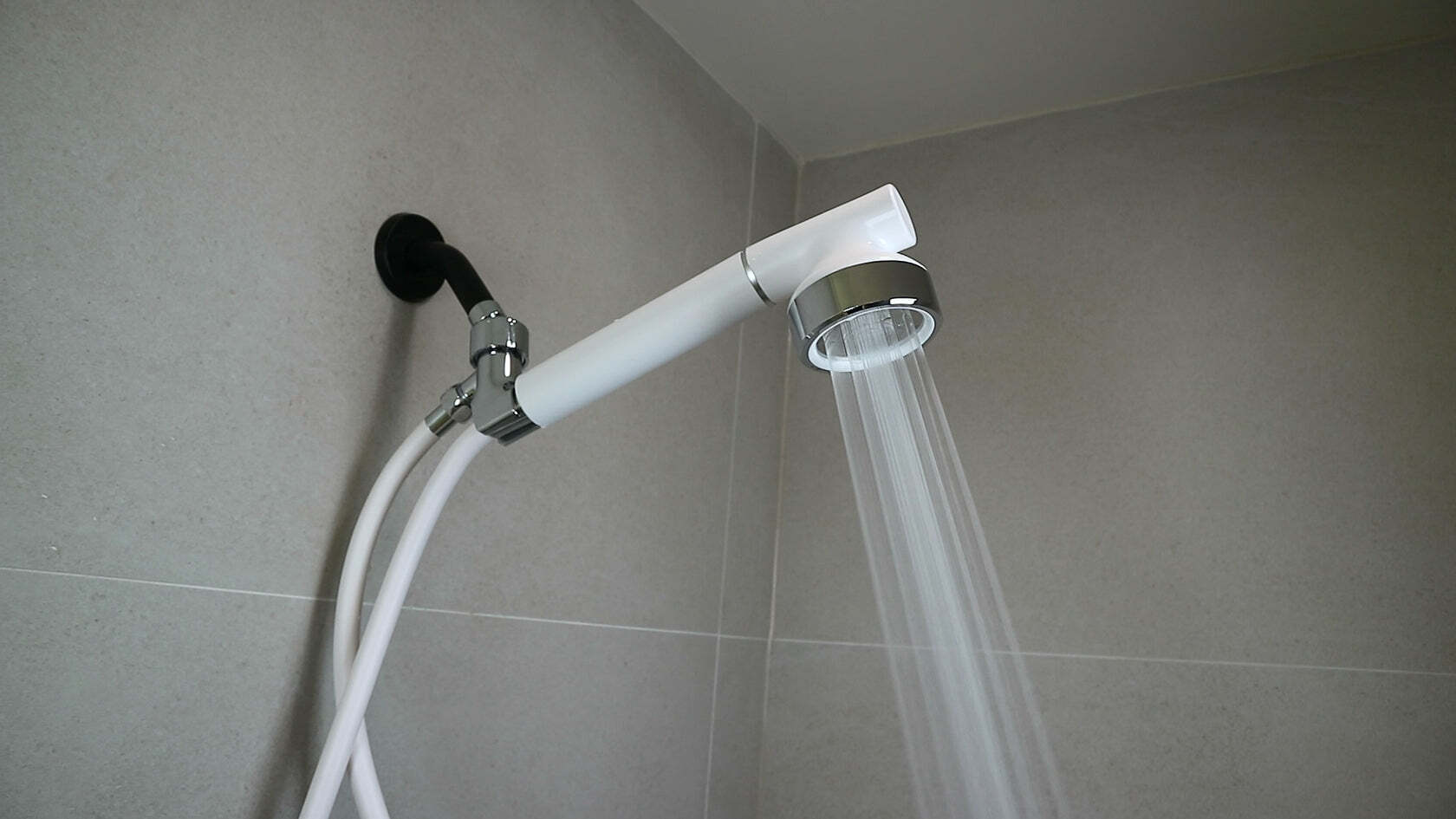
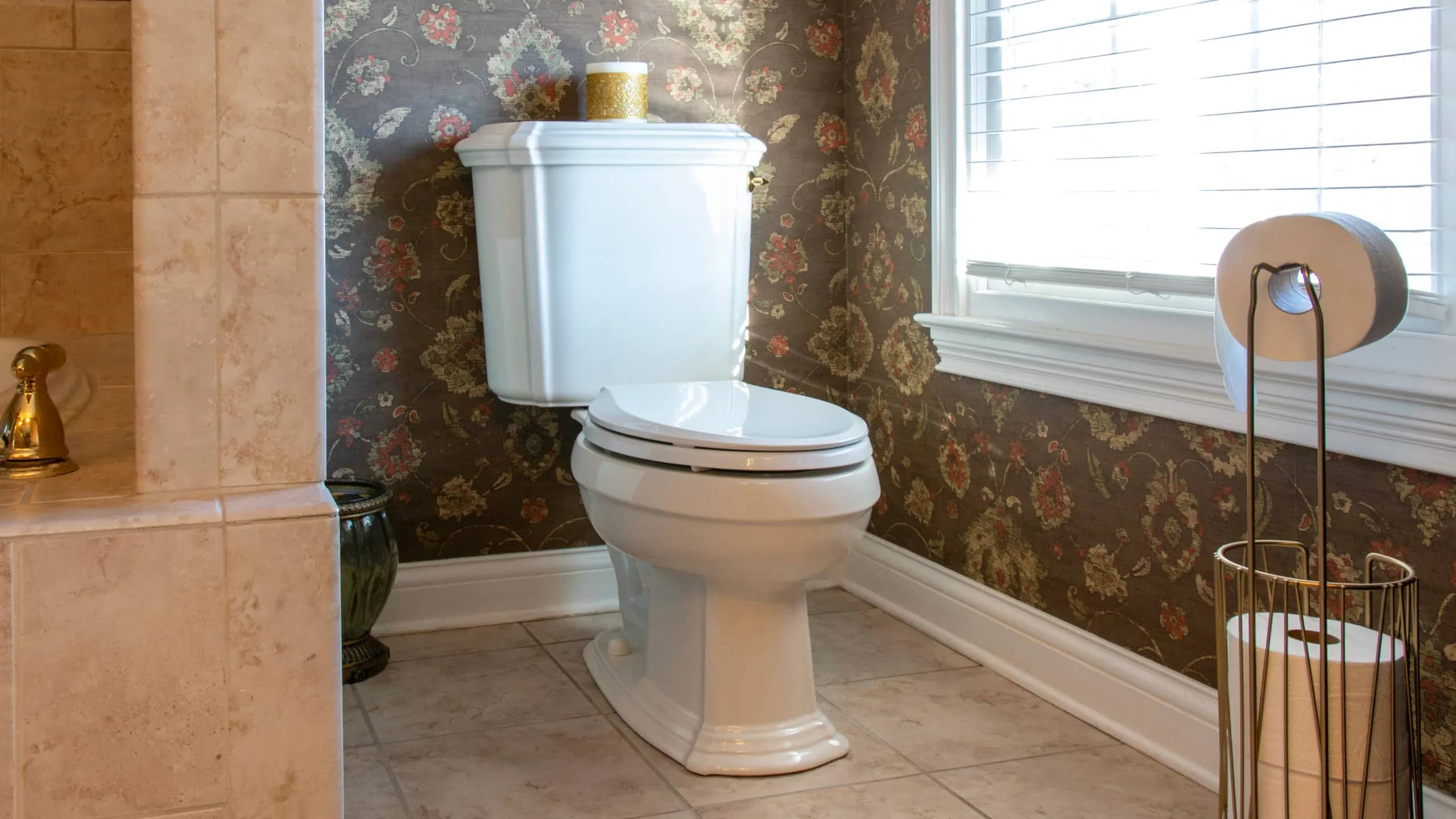
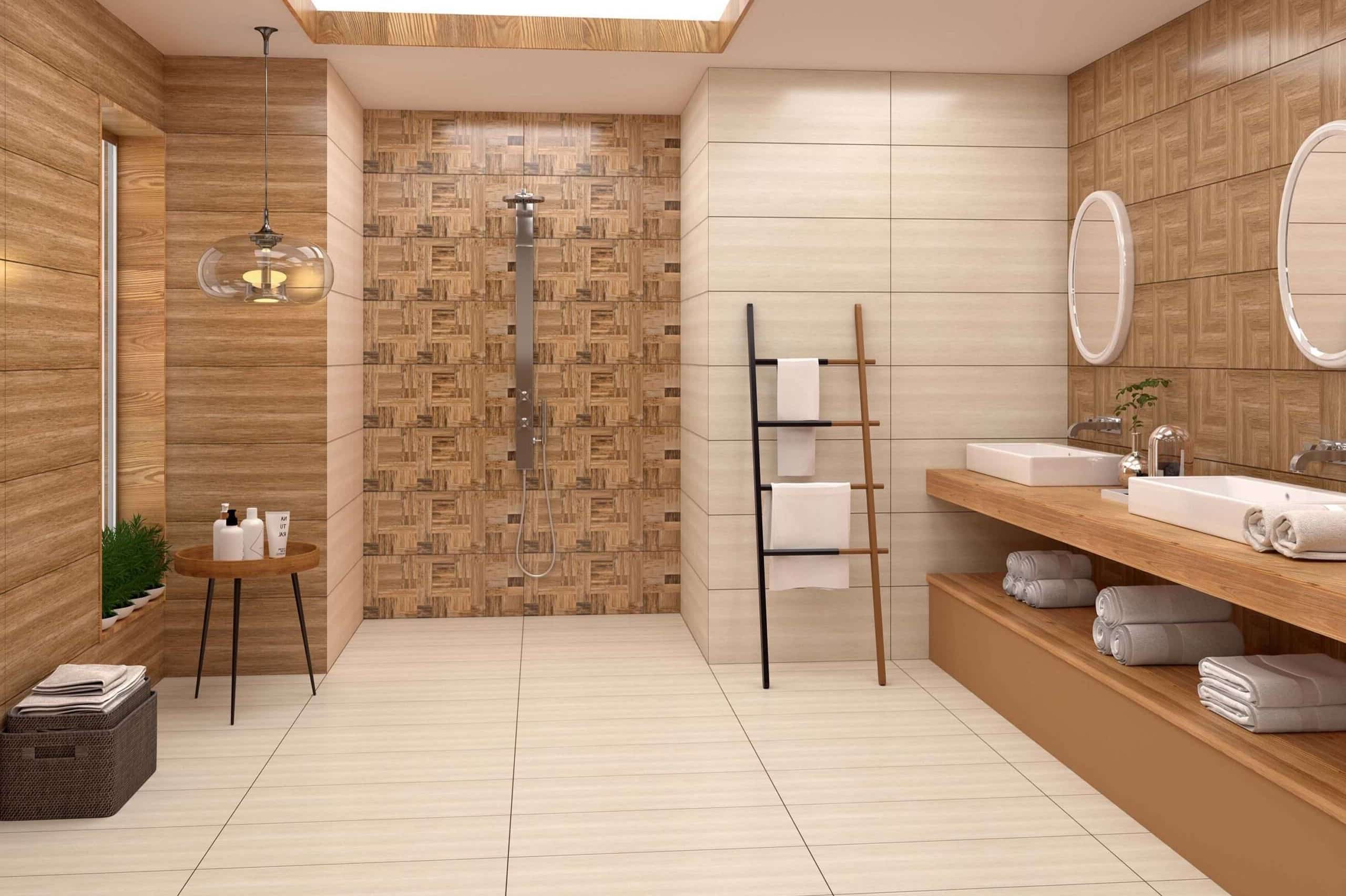
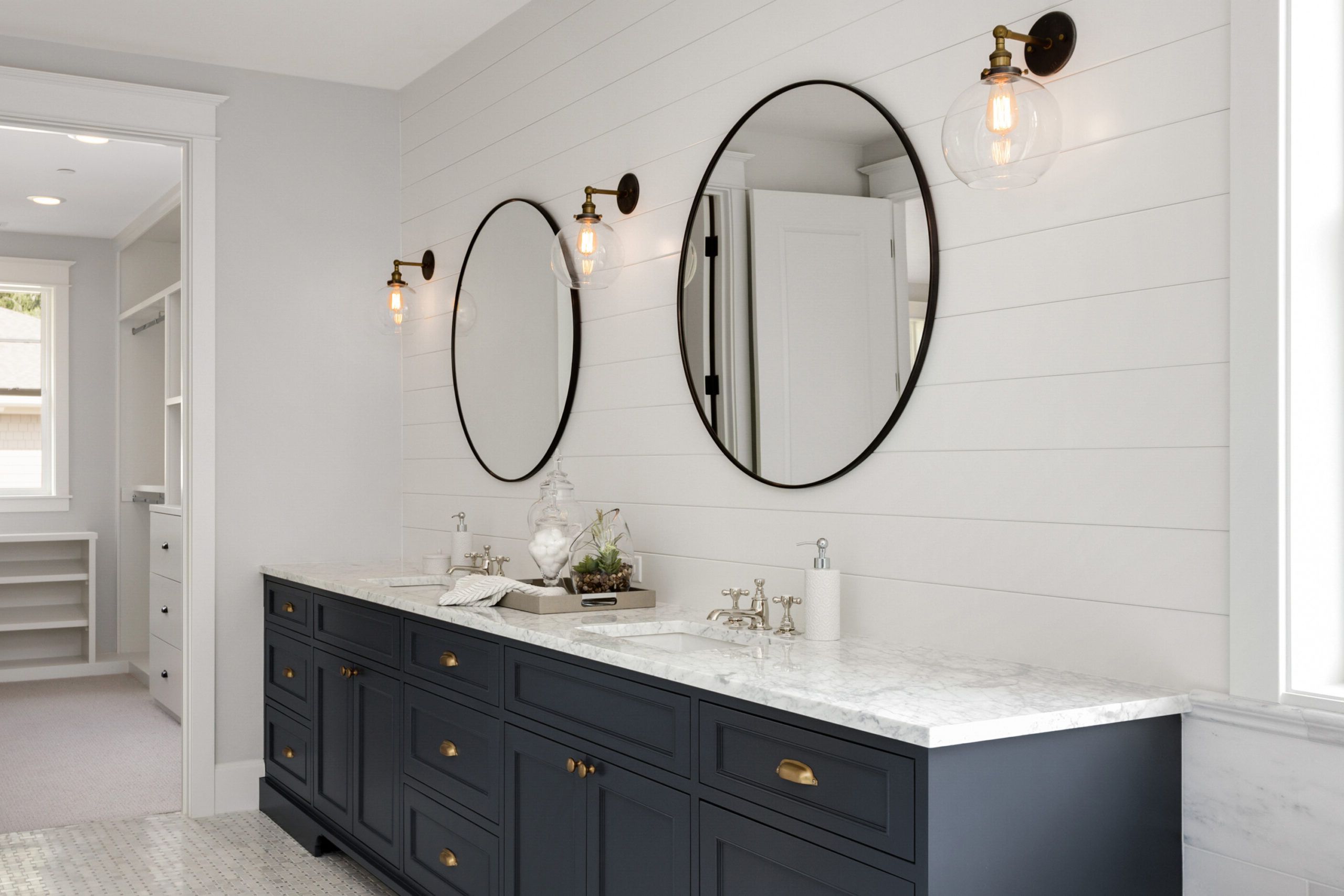
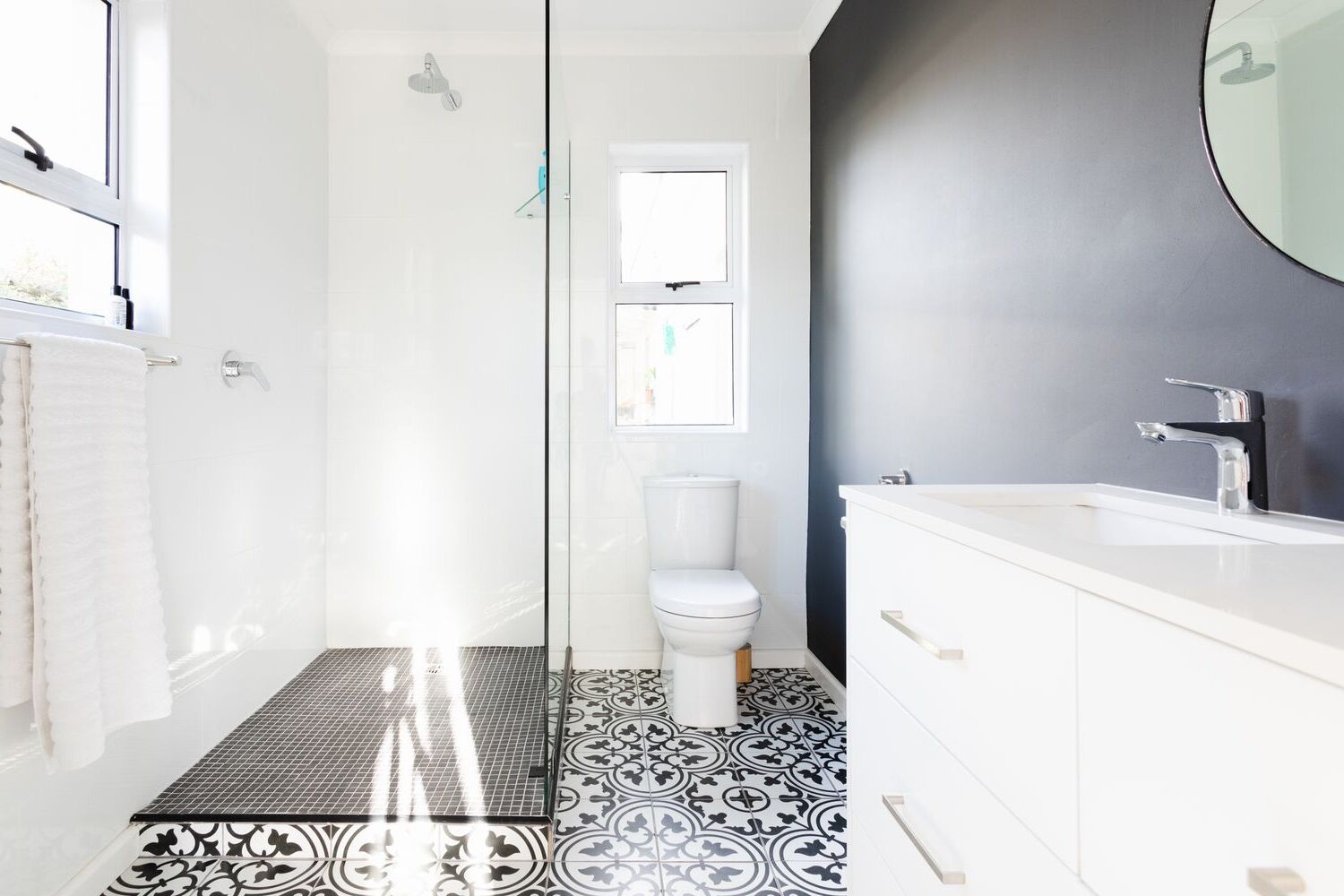
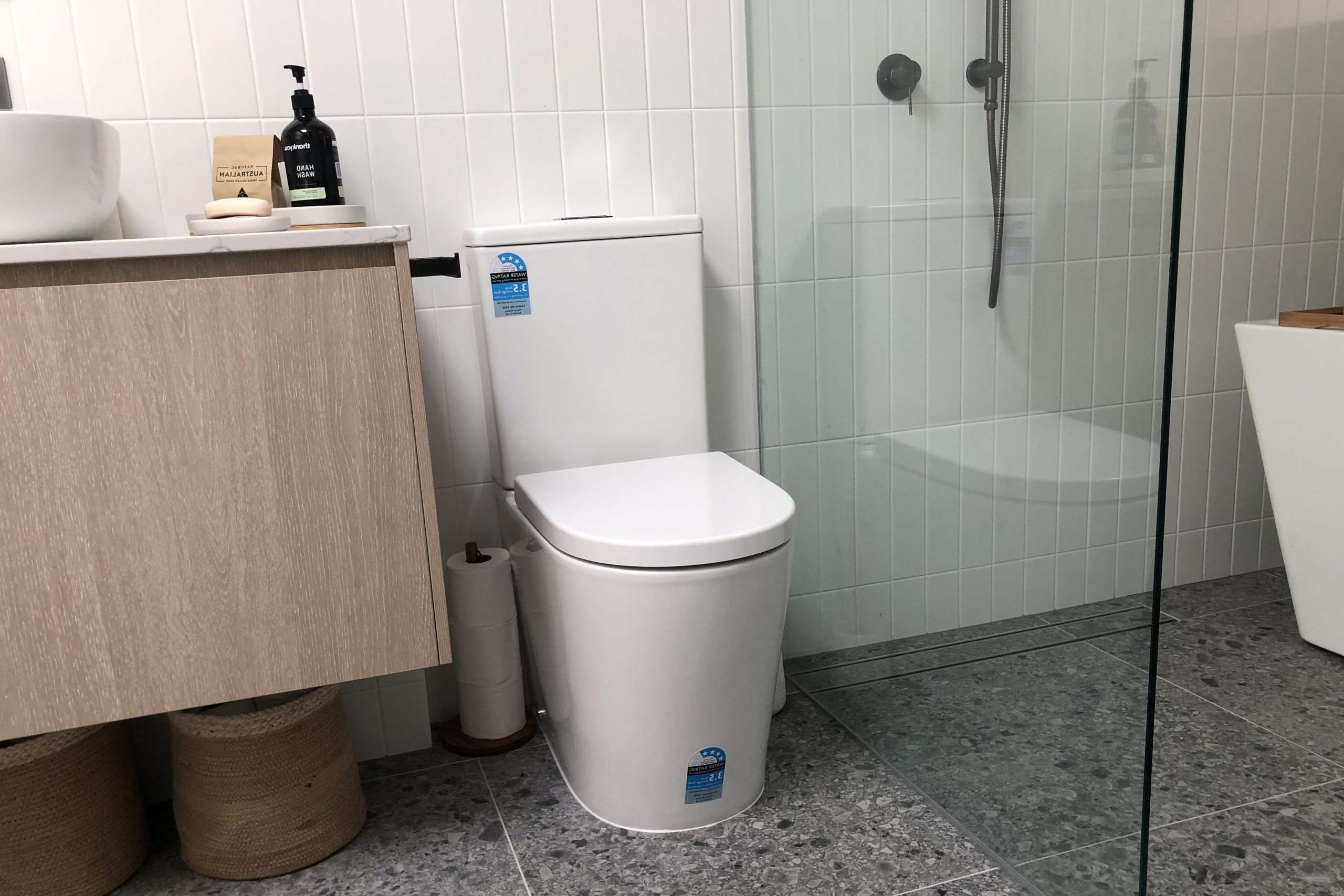
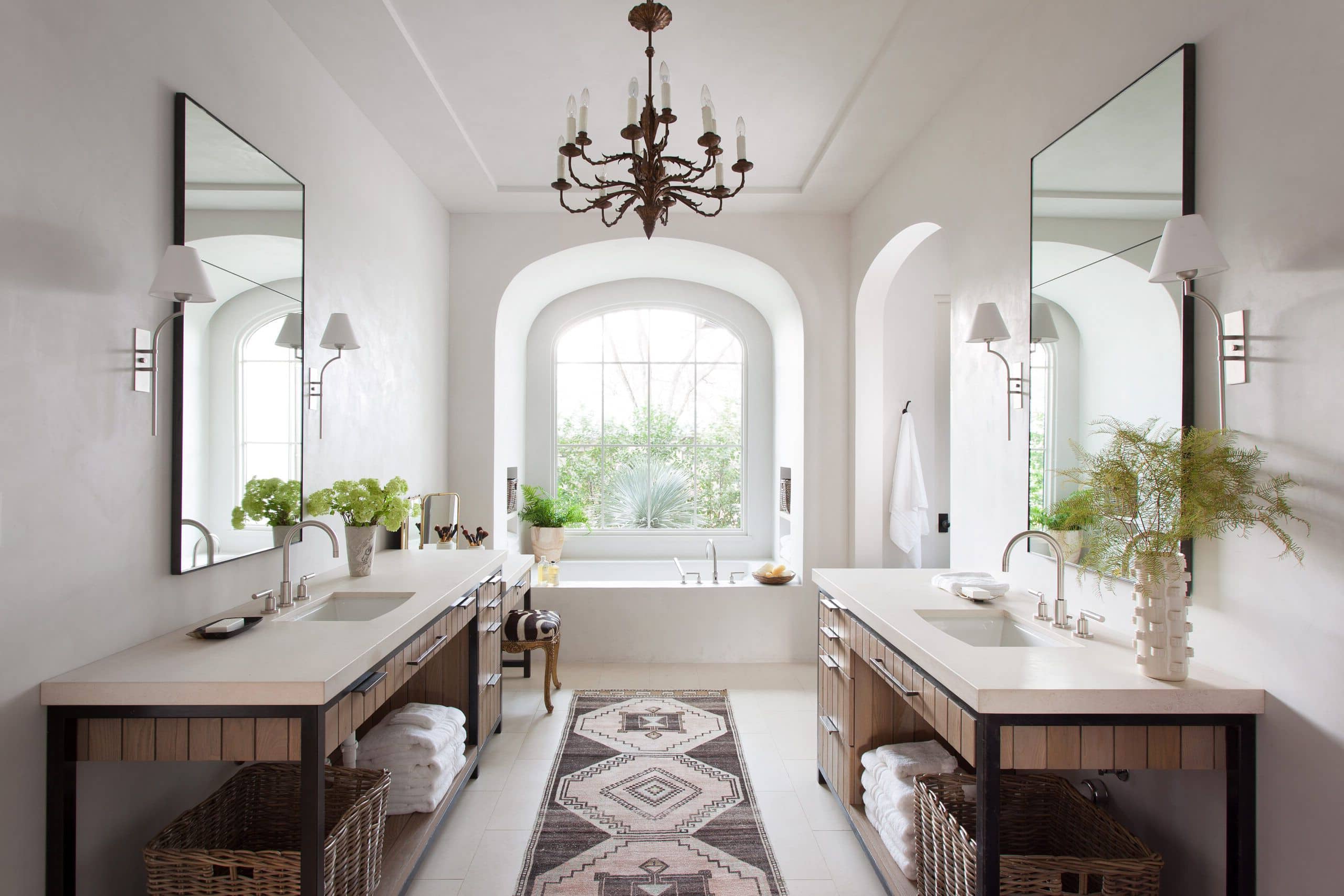
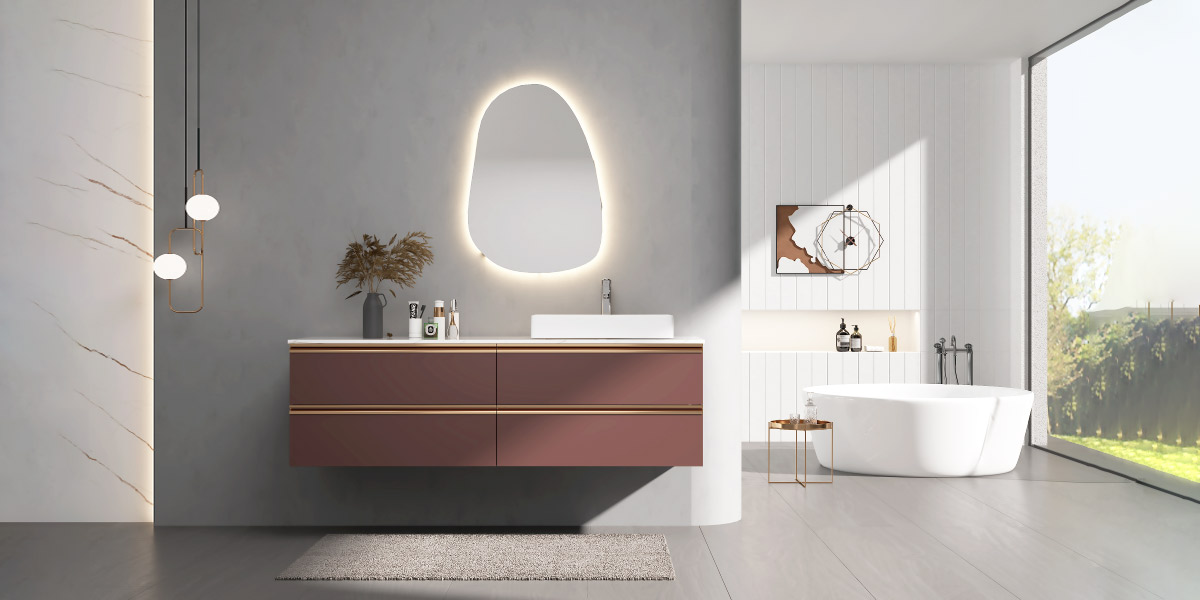
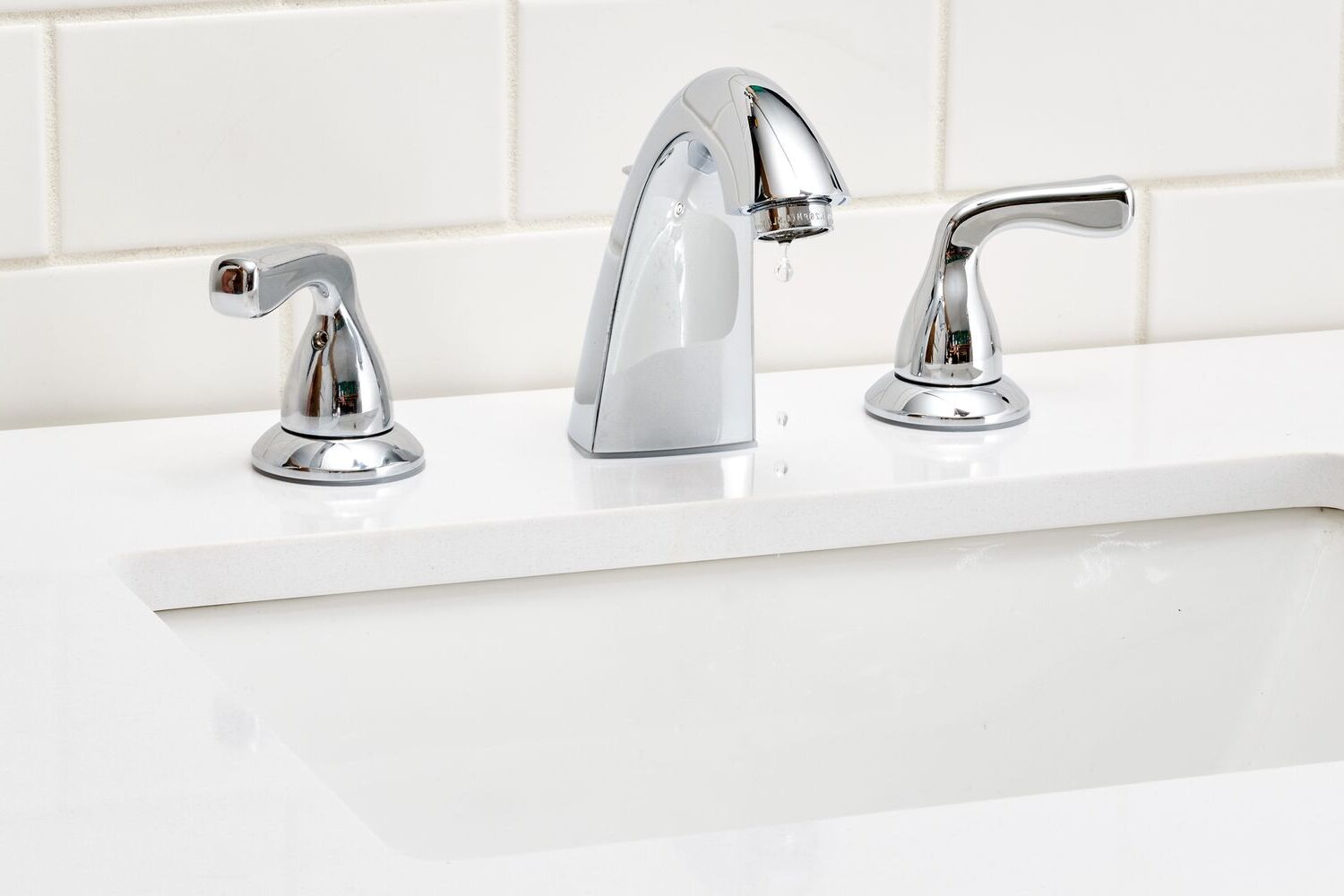

0 thoughts on “How To Choose And Install The Right Bathroom Shower Pan”